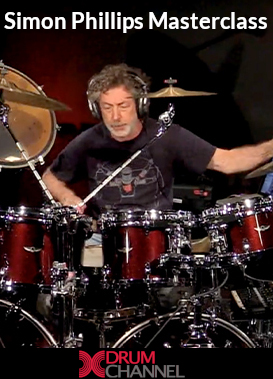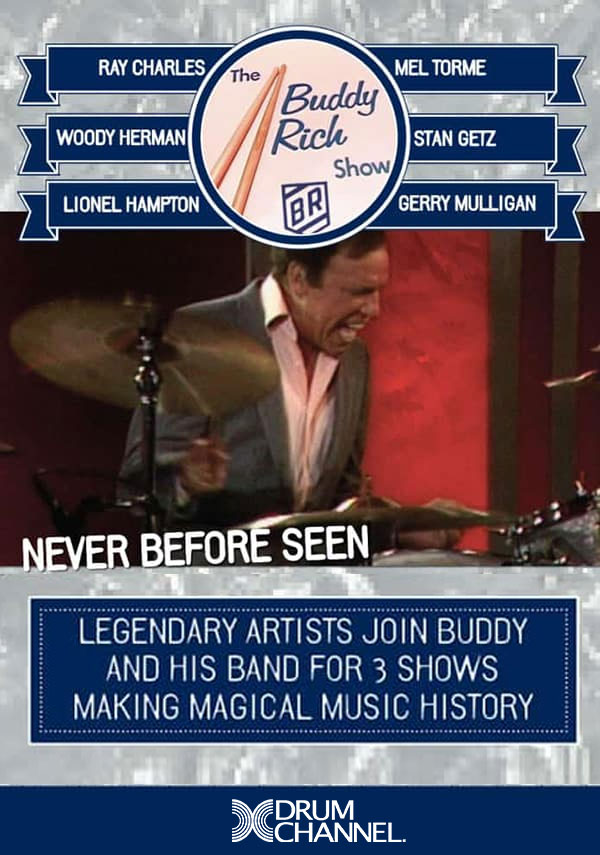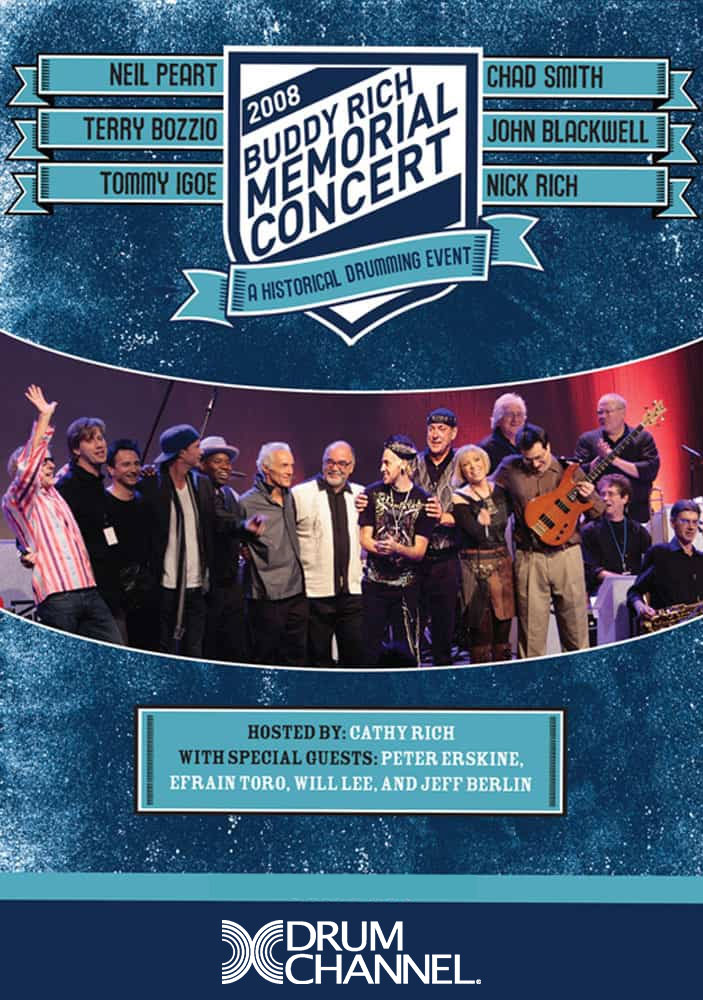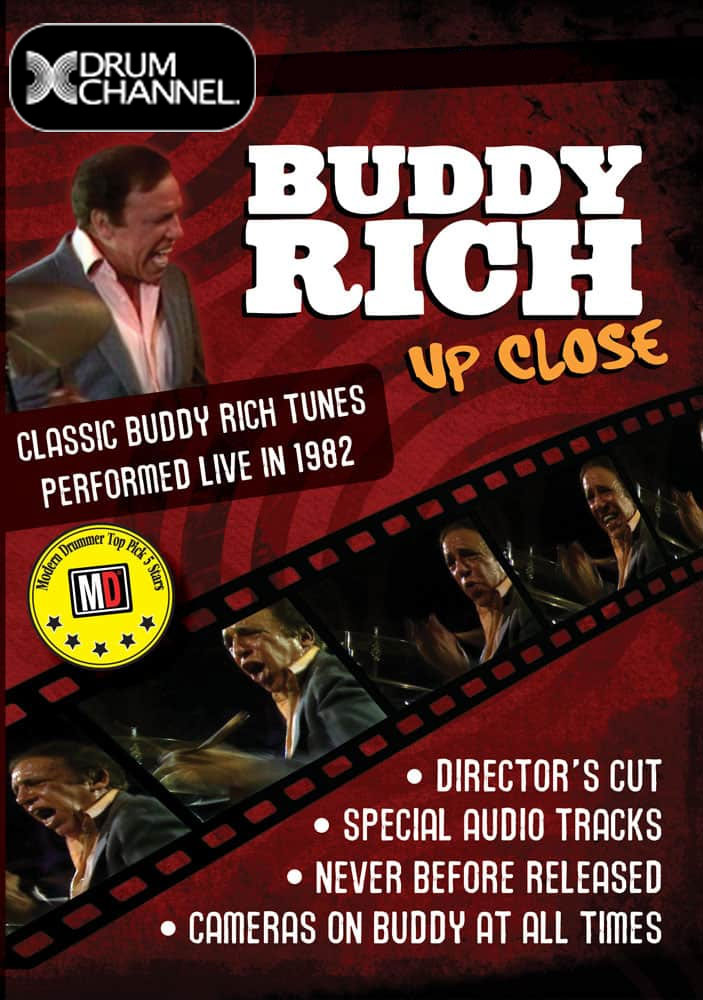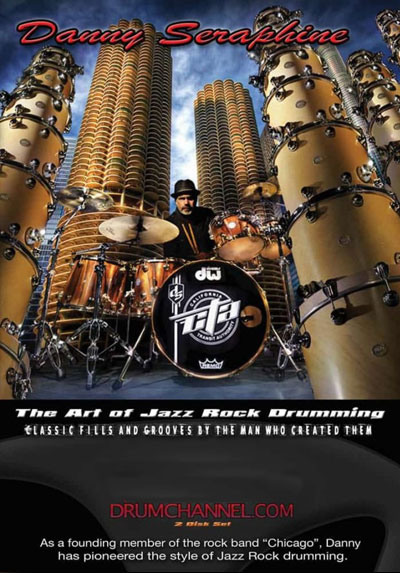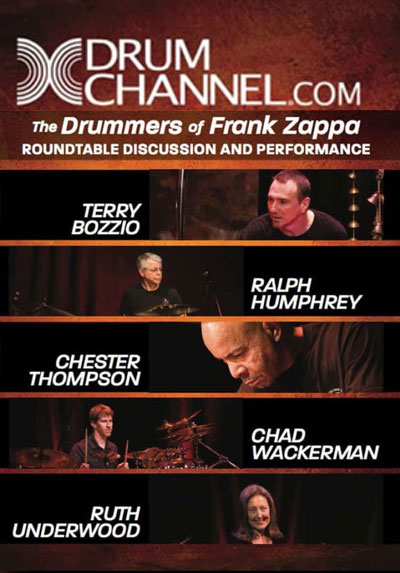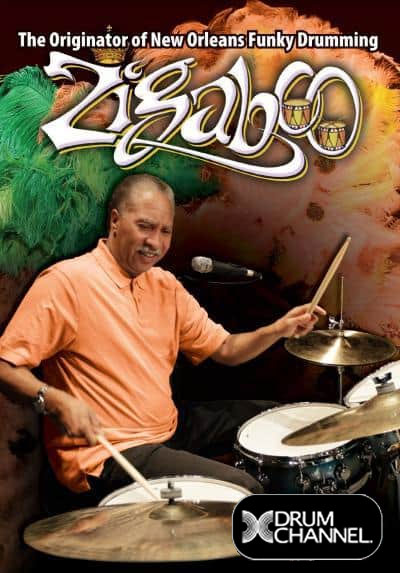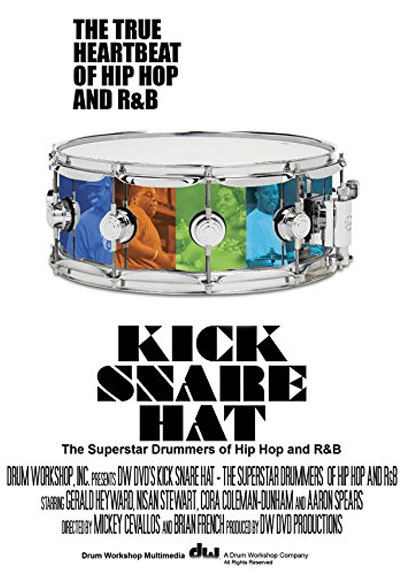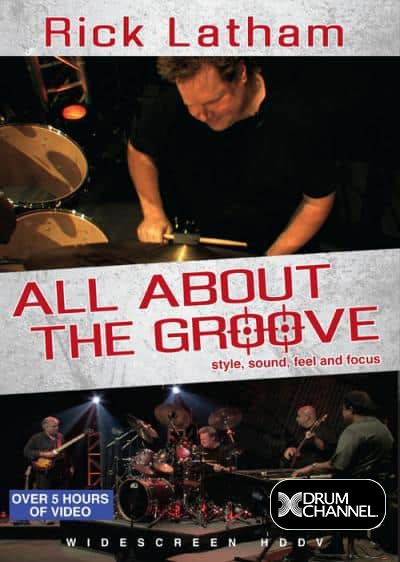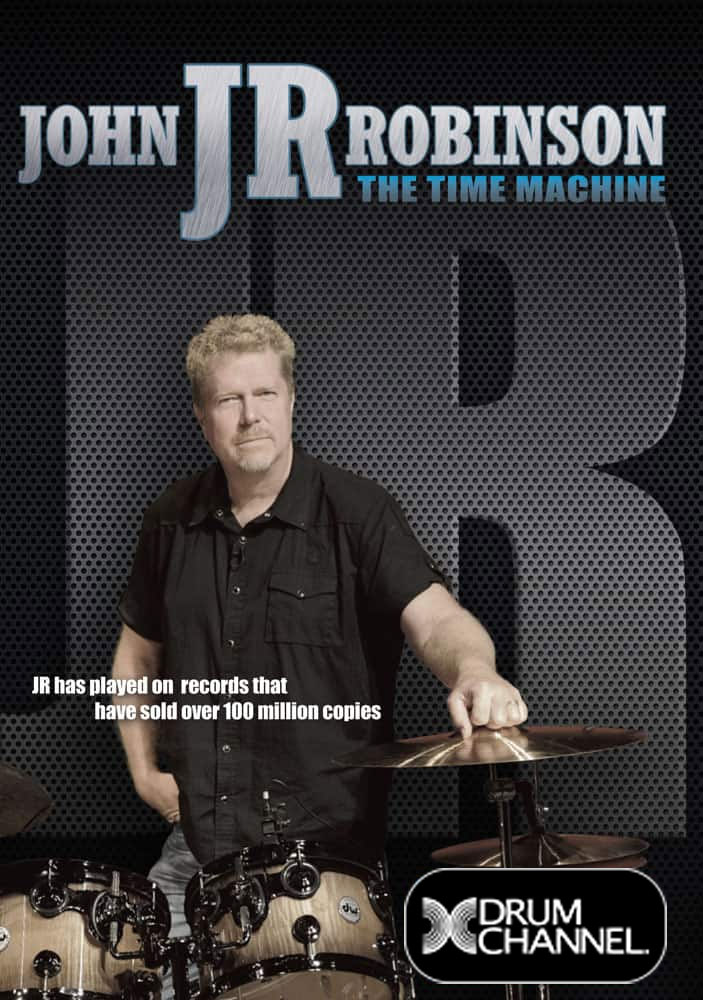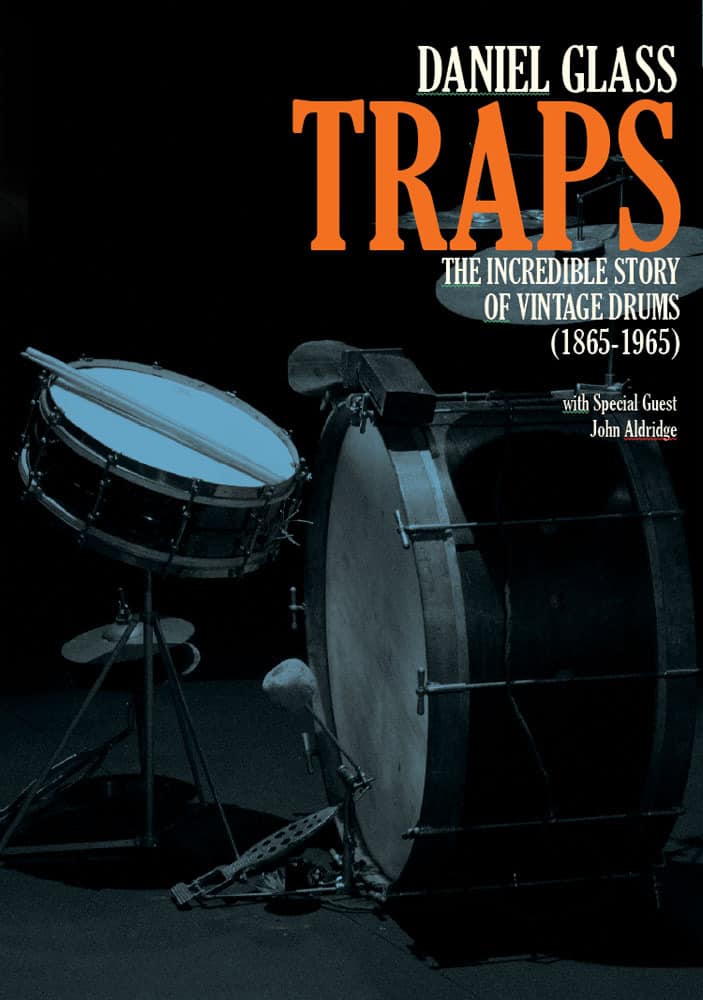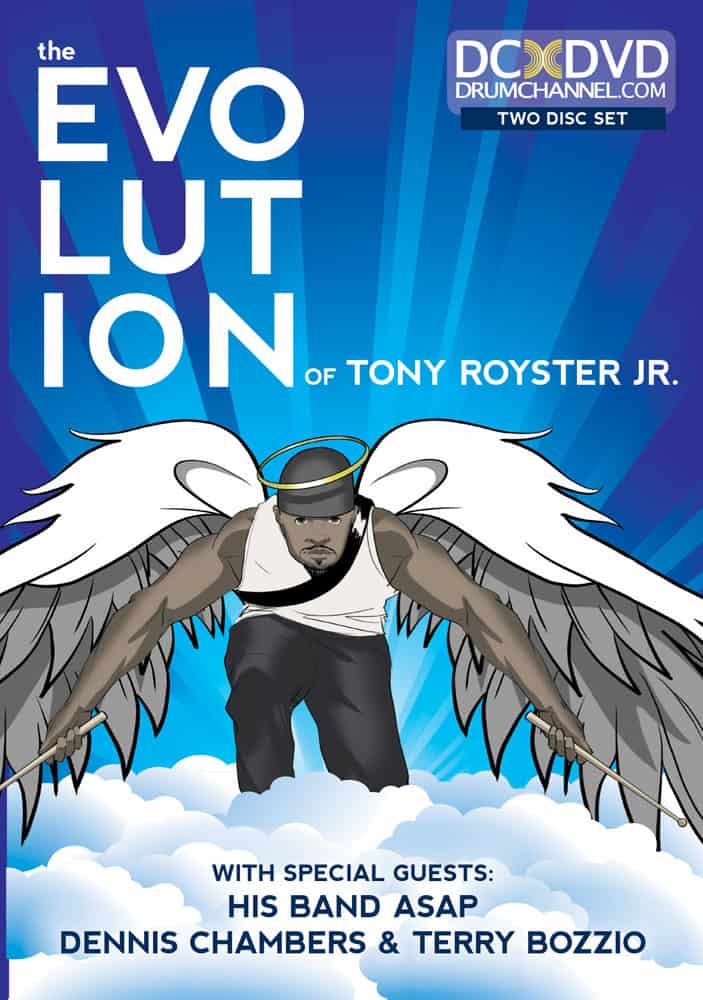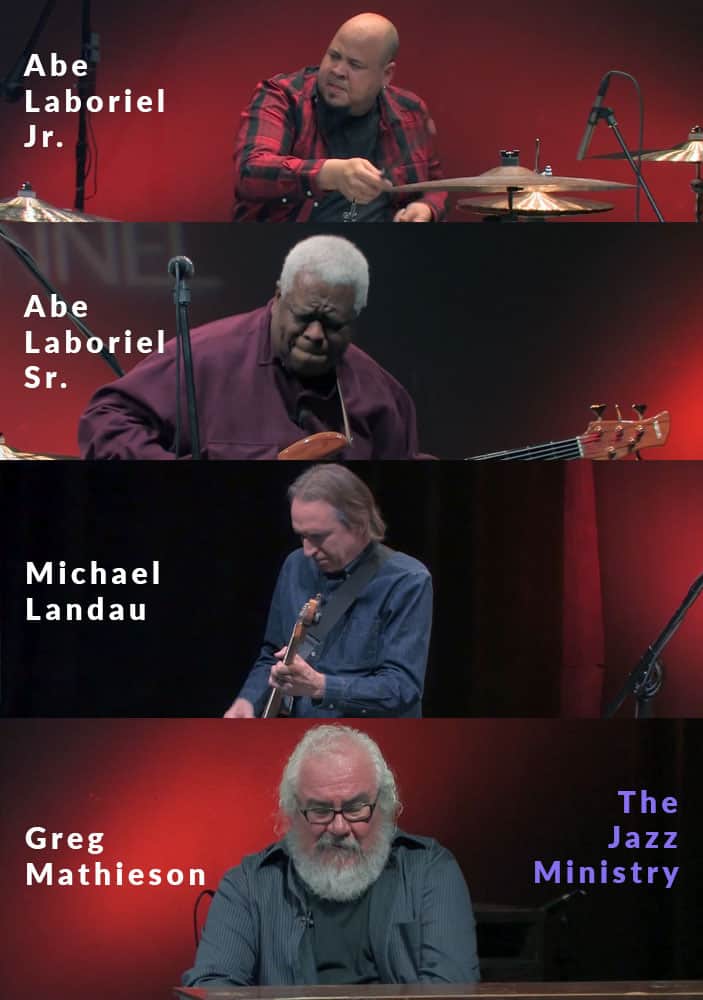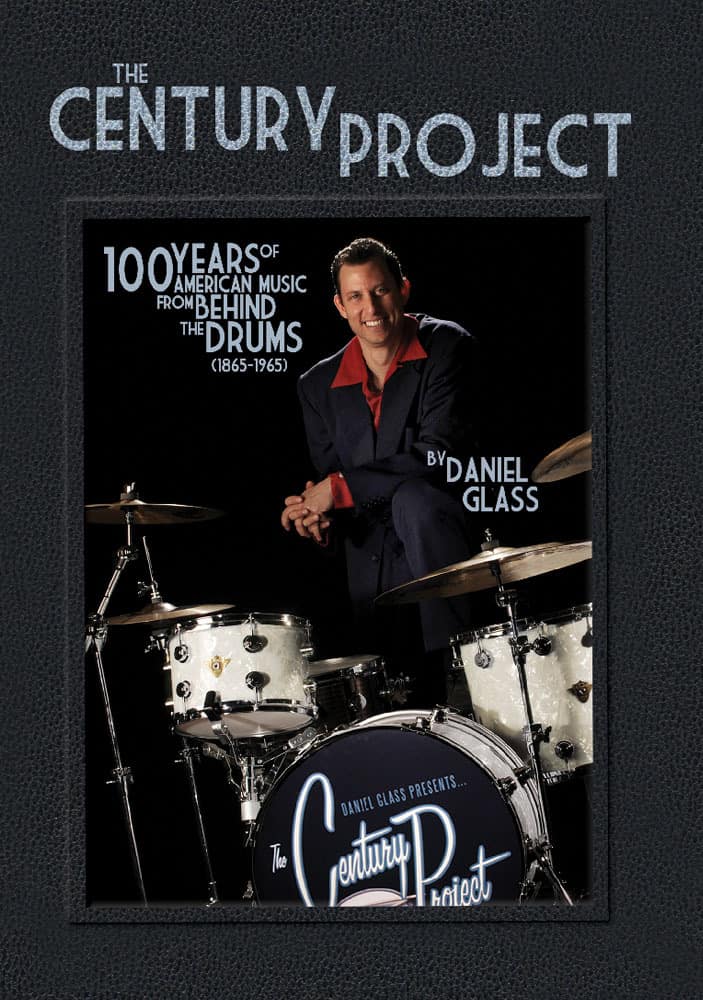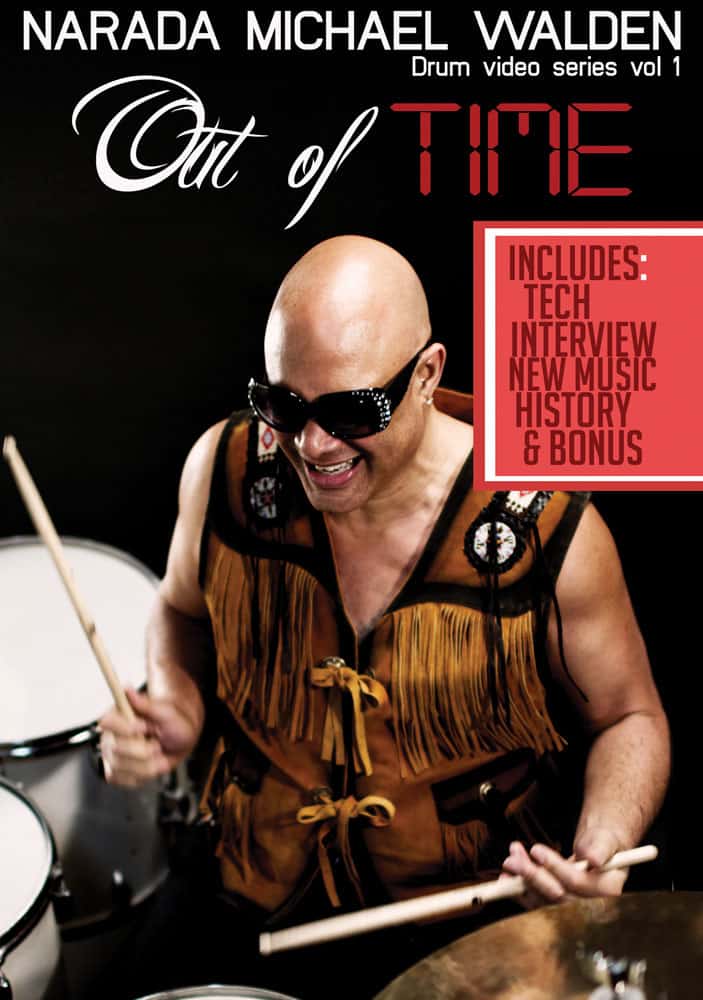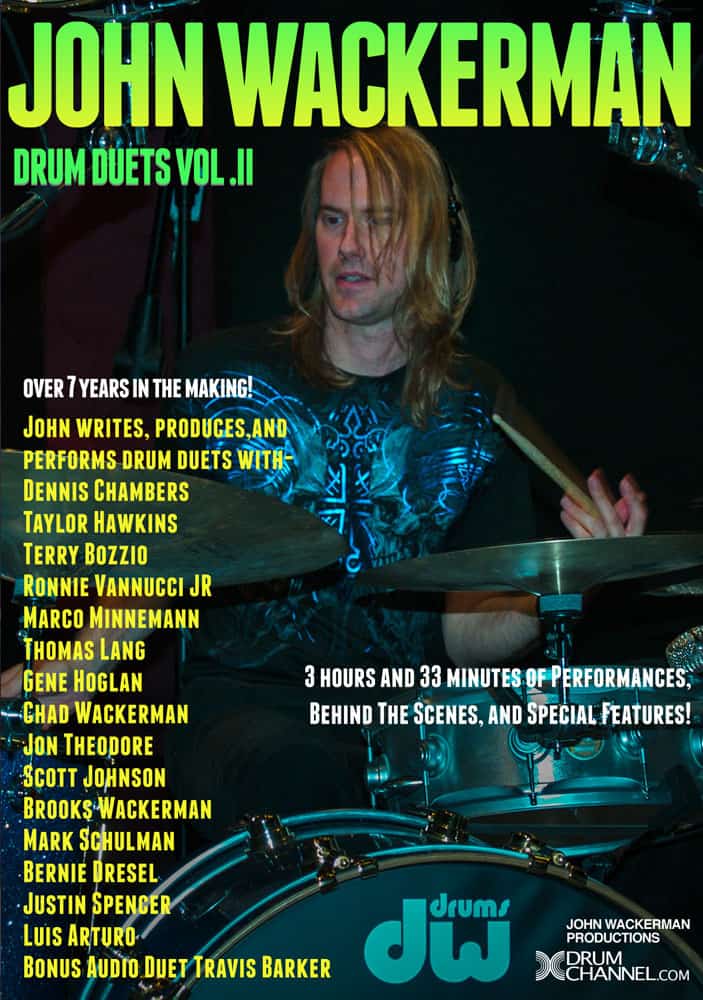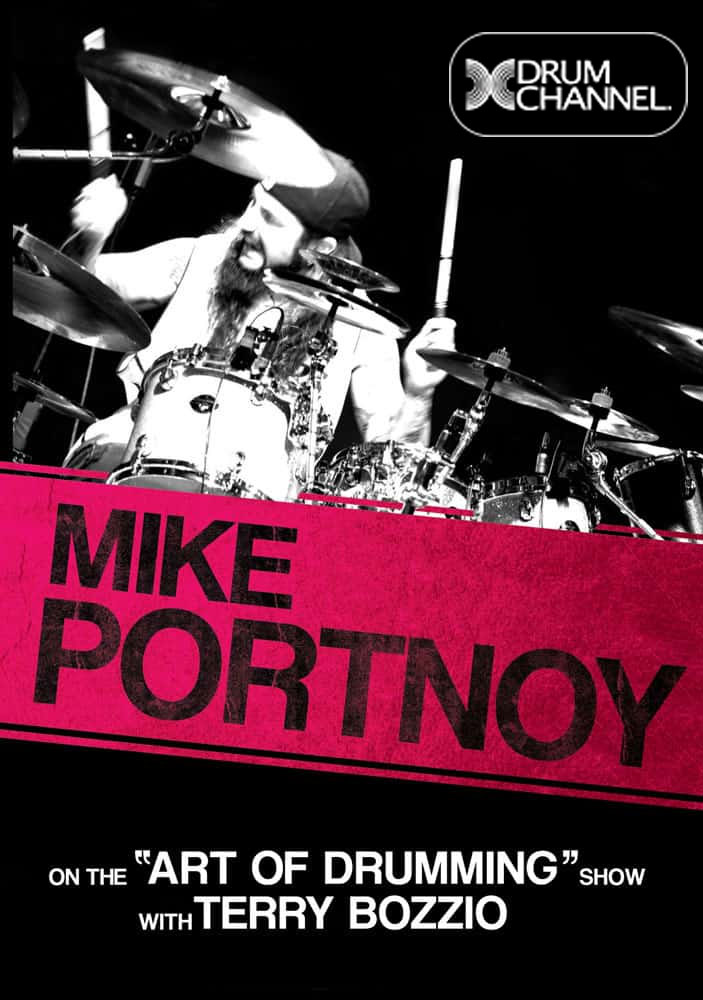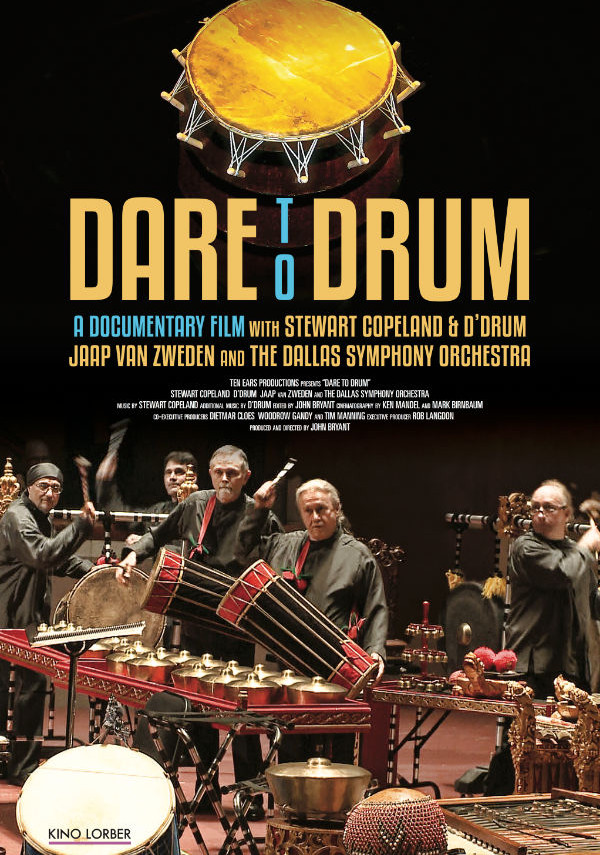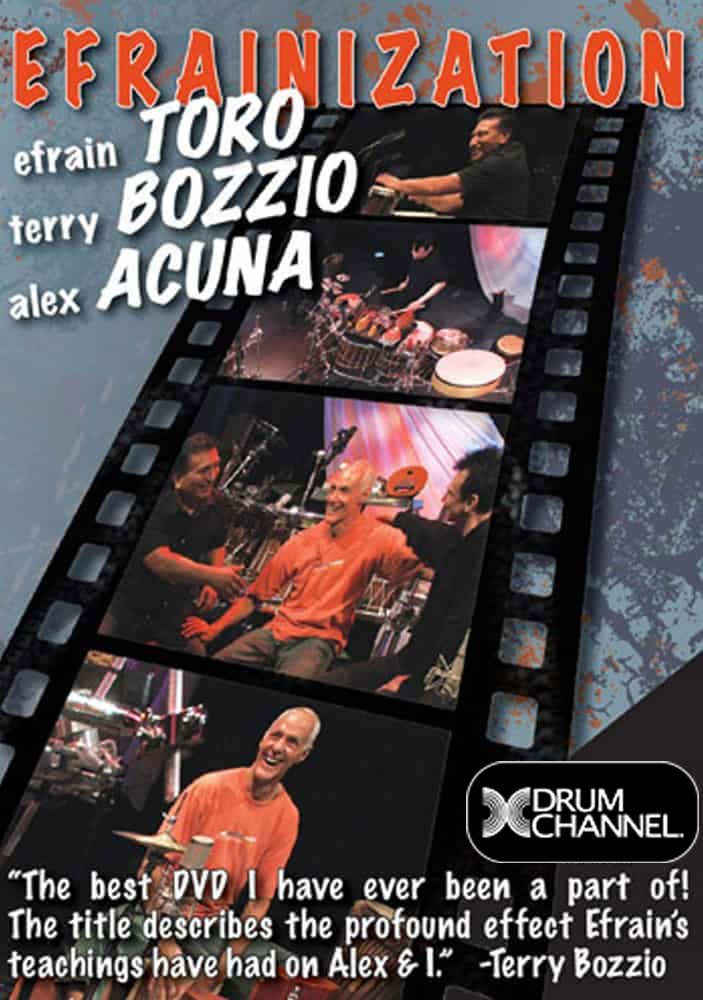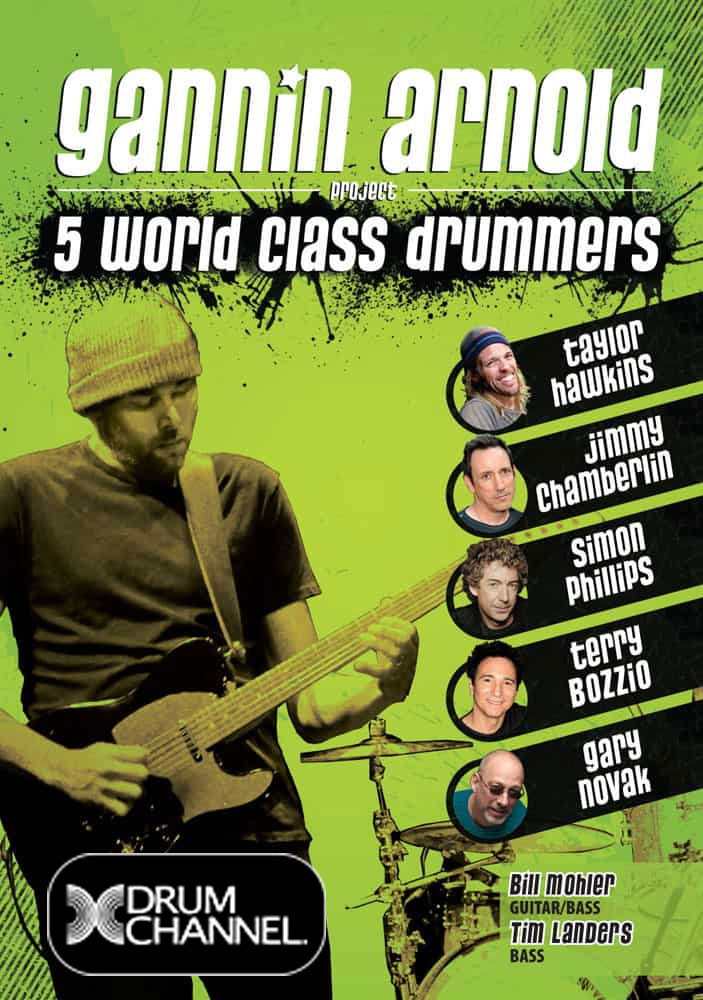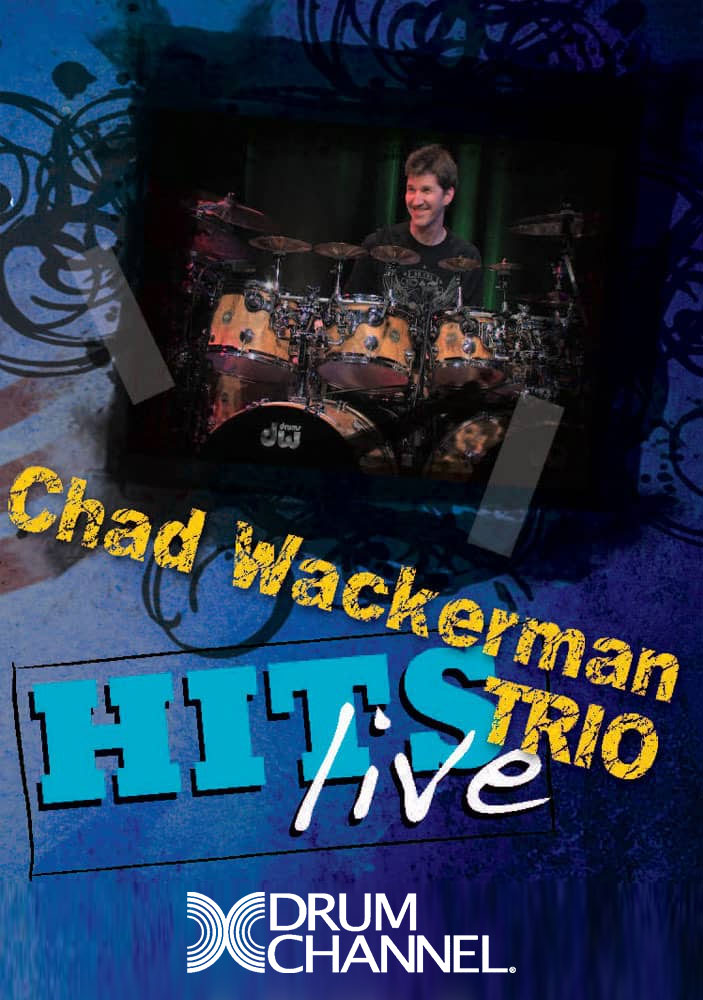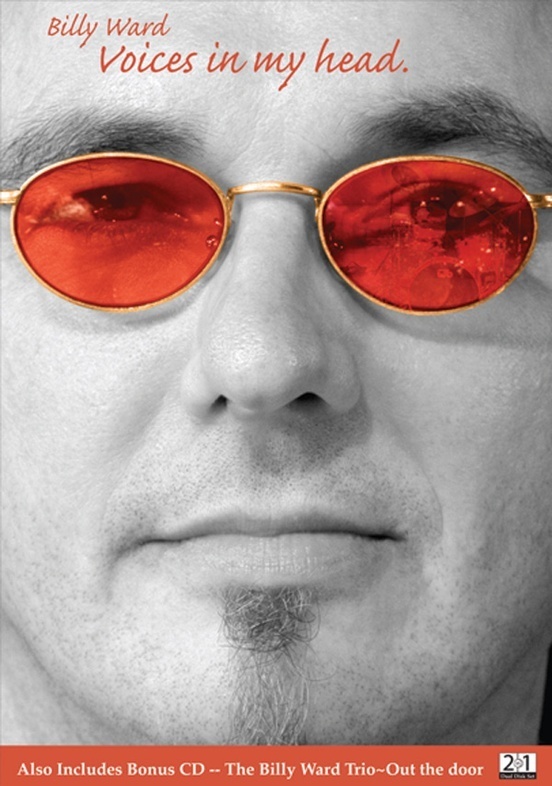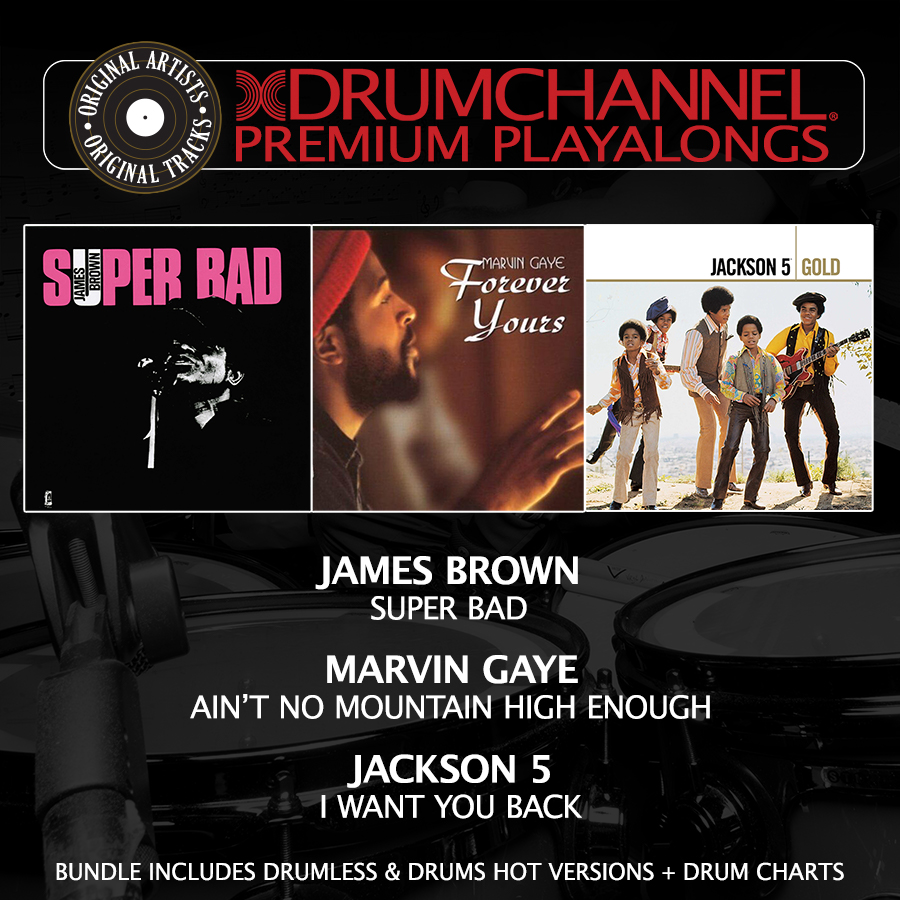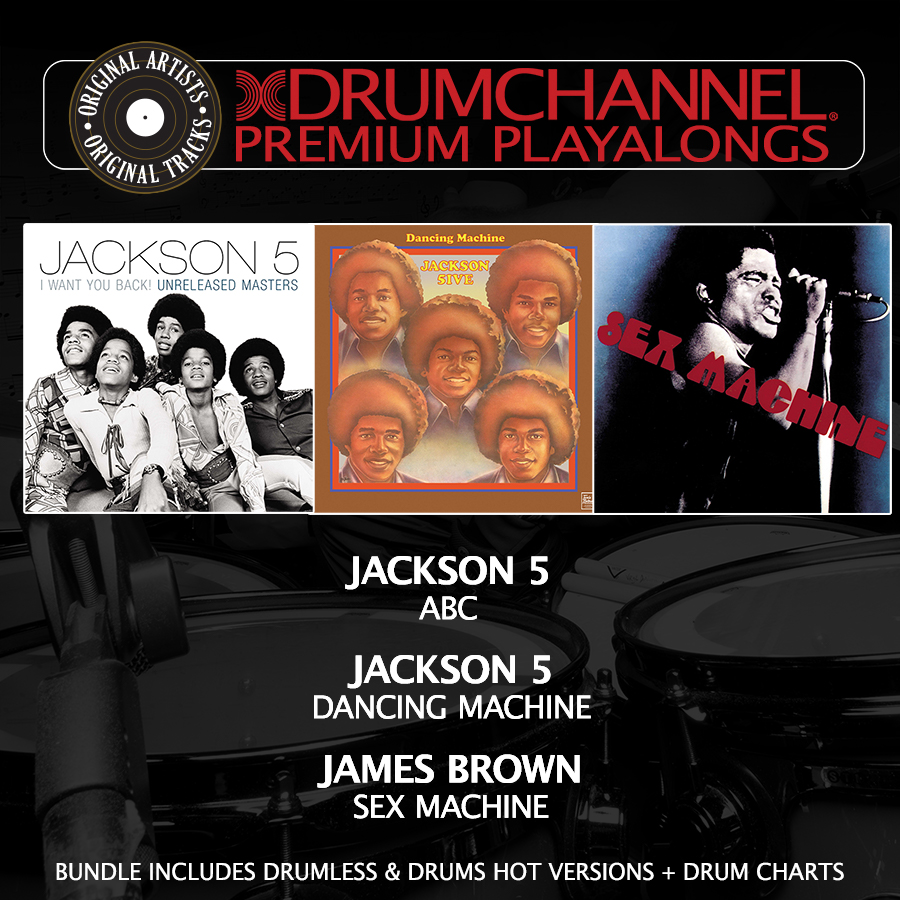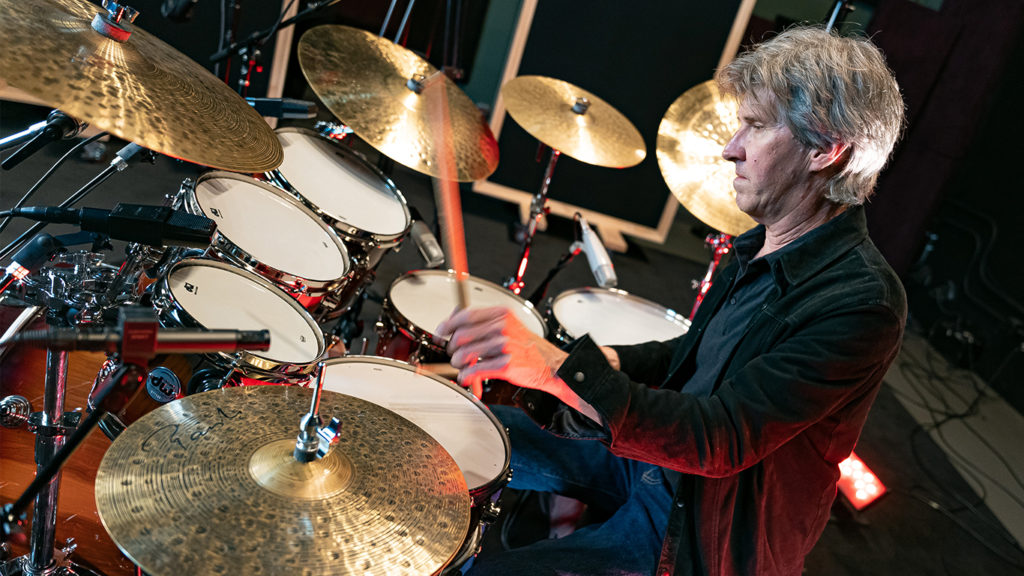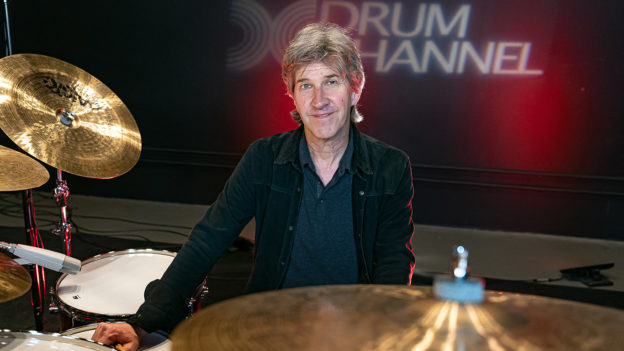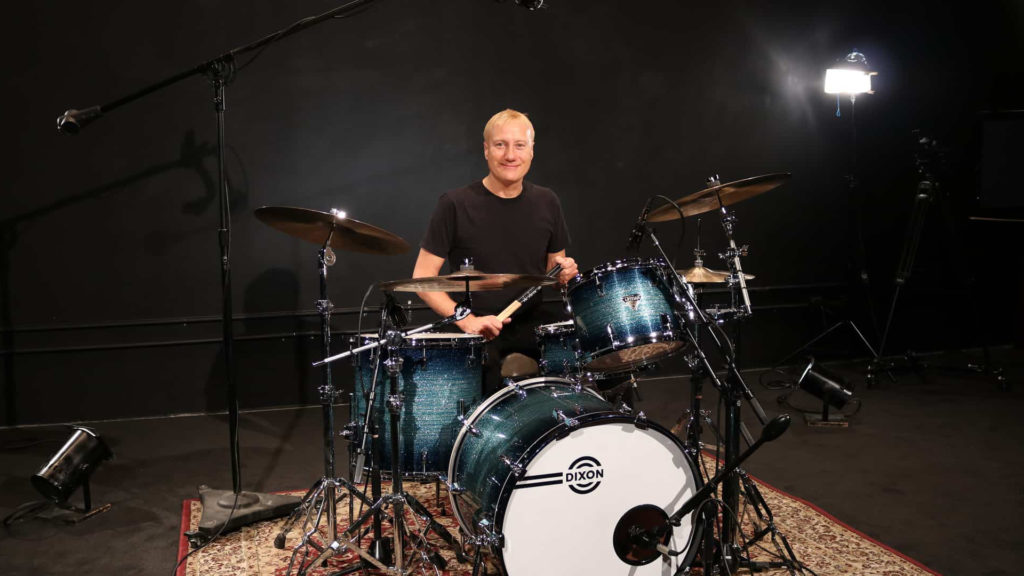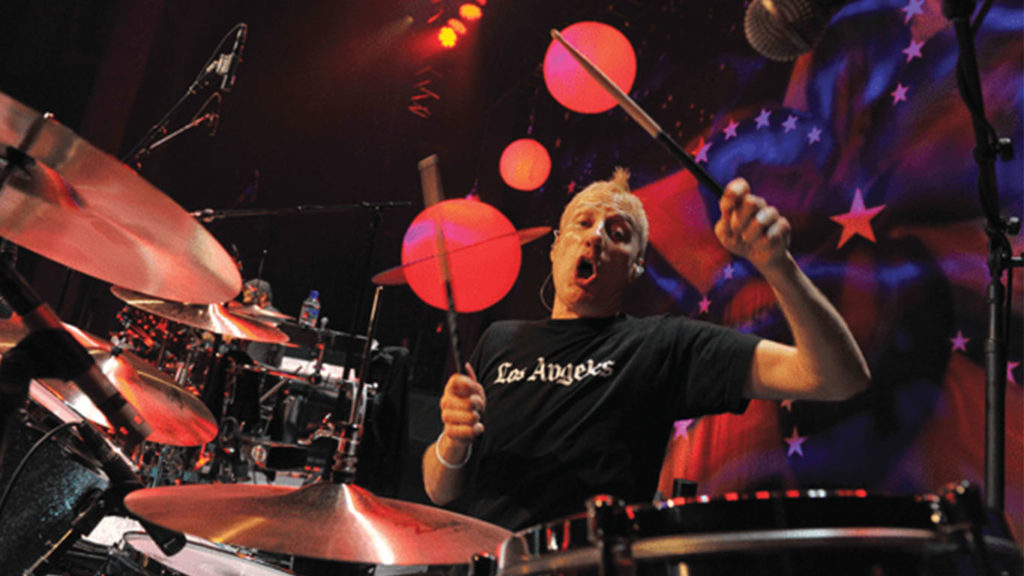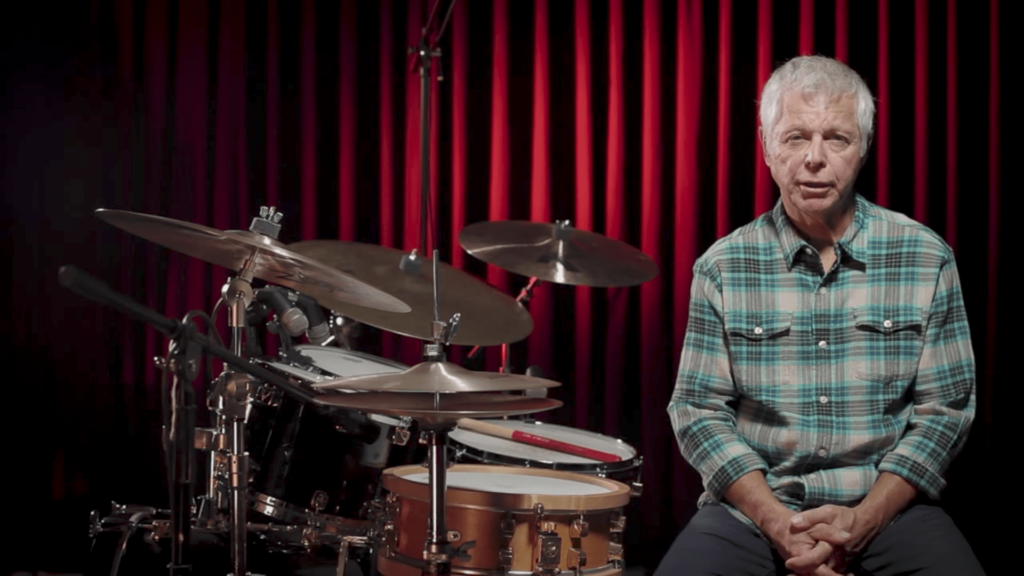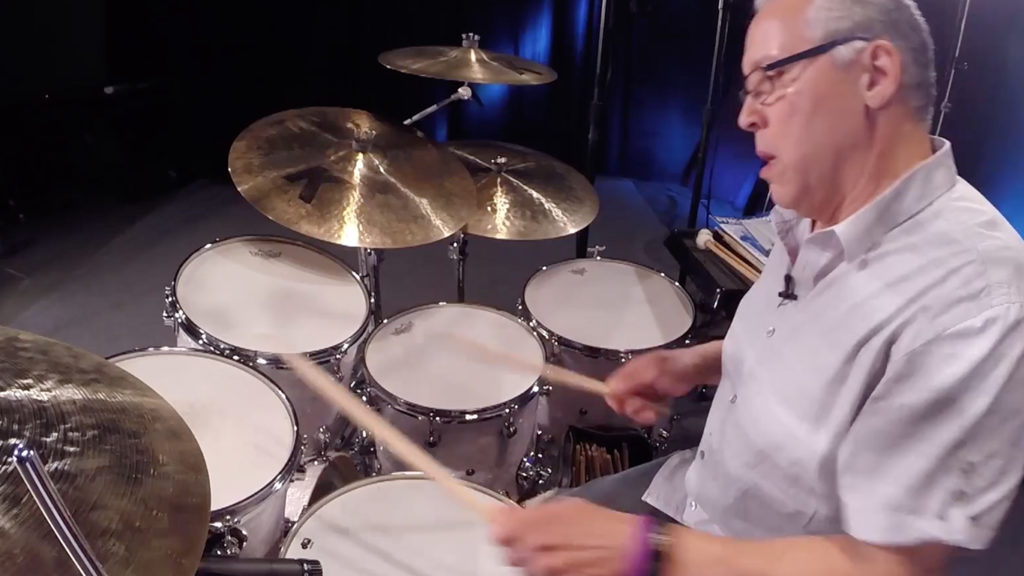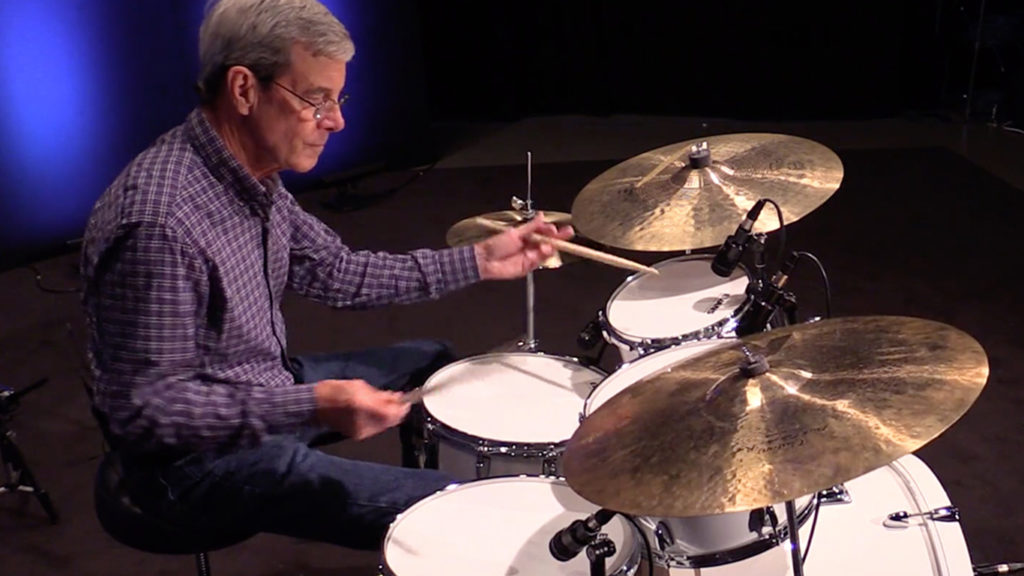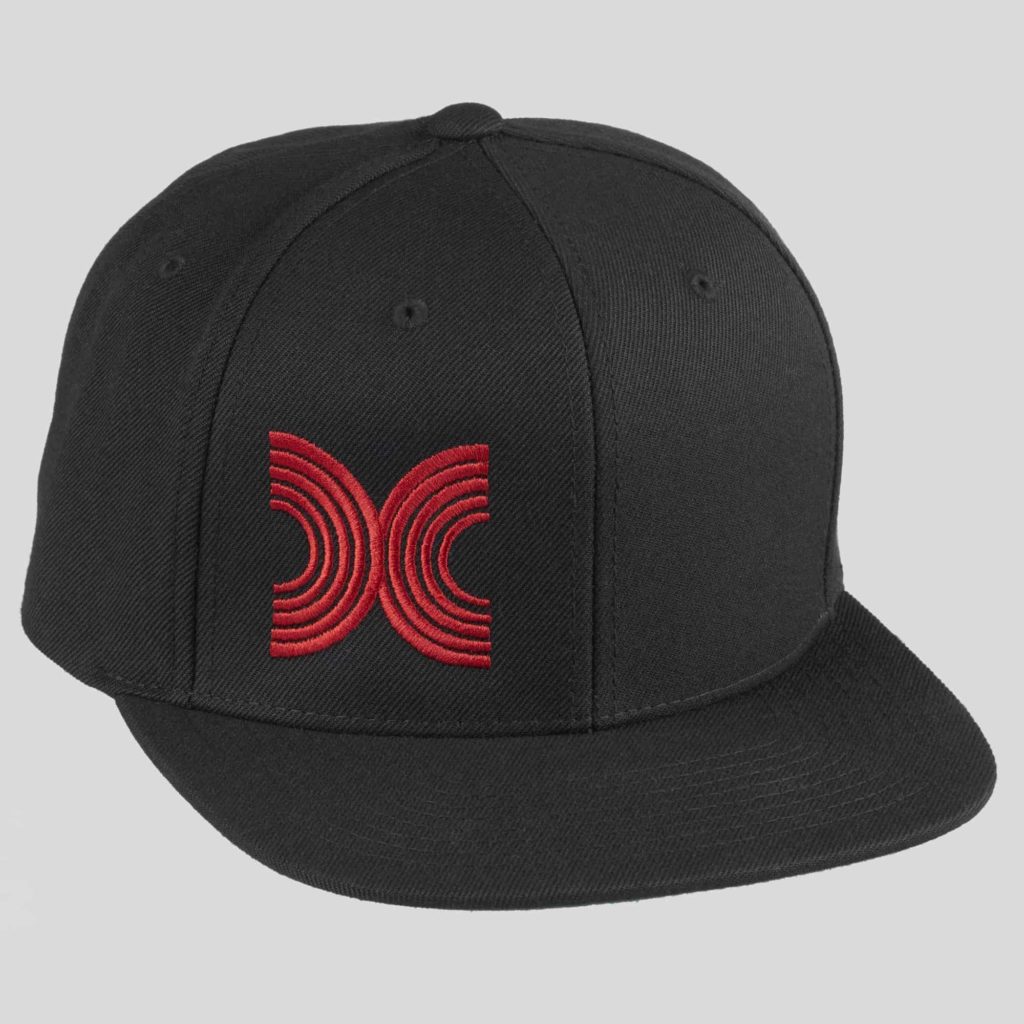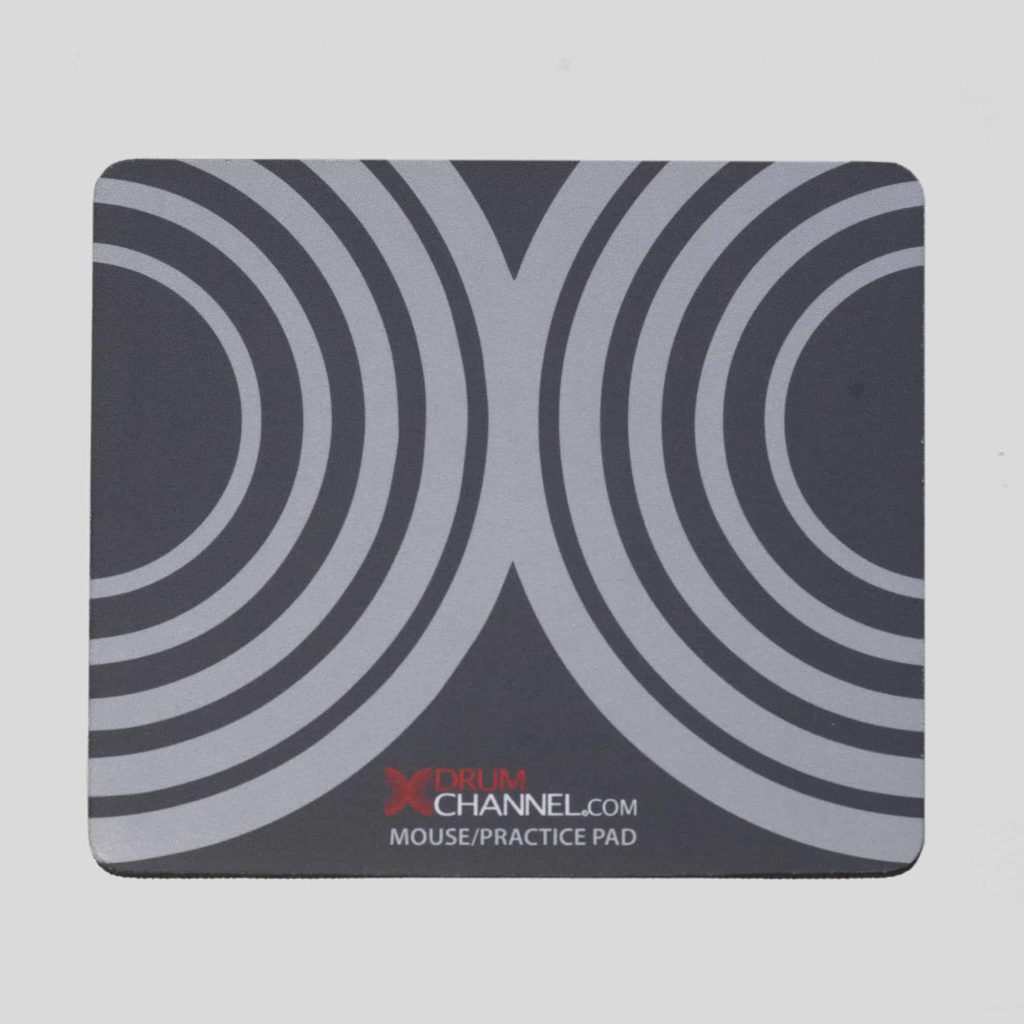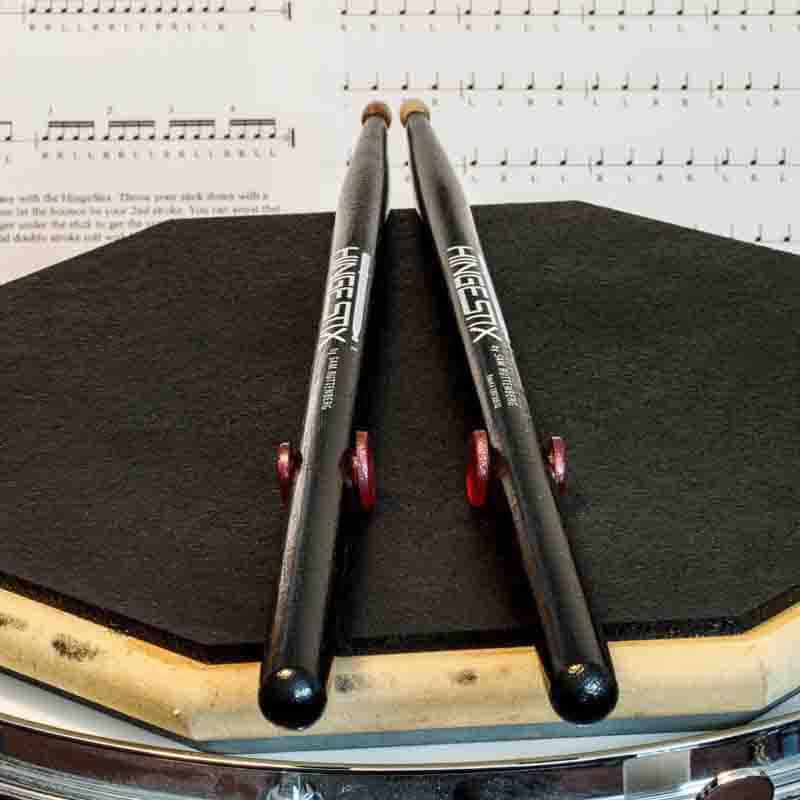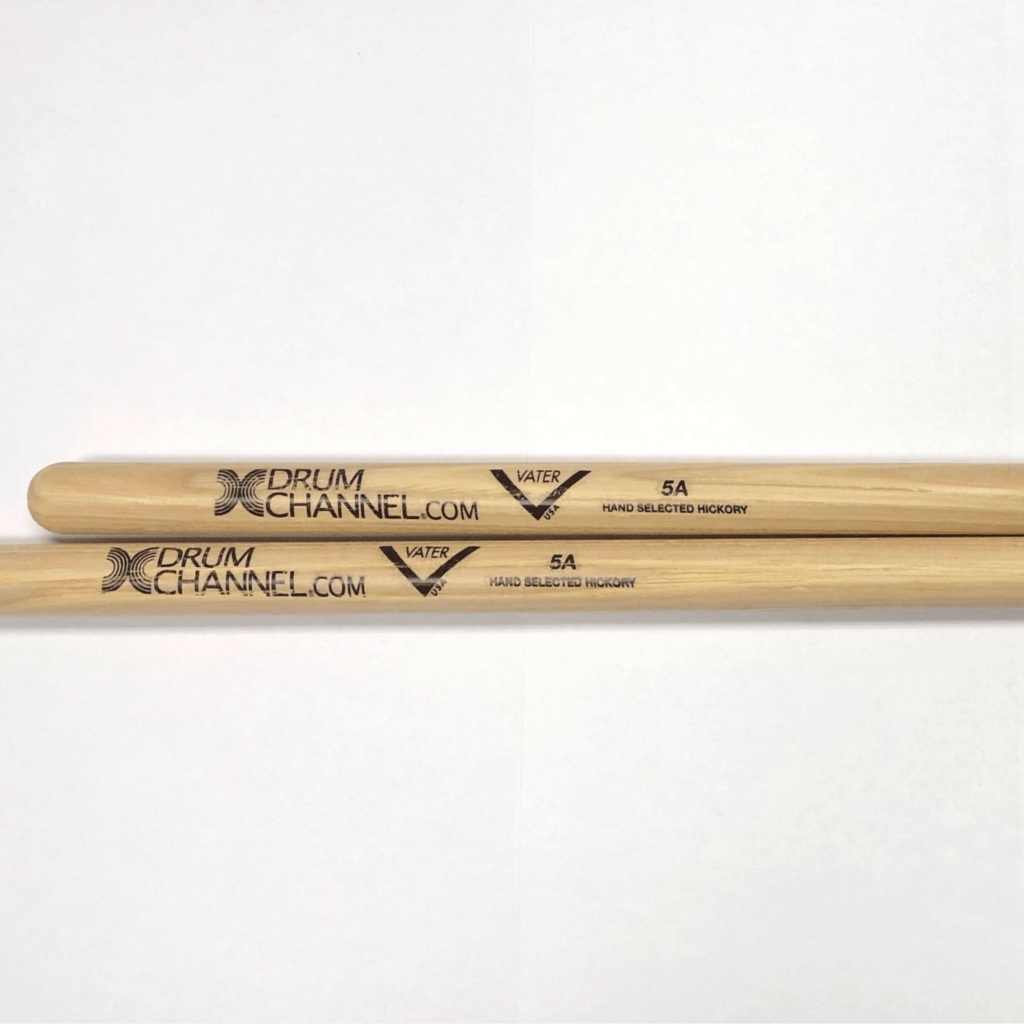Video on Demand
[Included in DC Membership] Check out this exceptional Masterclass featuring the world-renowned drummer Simon Phillips. Over the course of two and a half hours, he delves into a myriad of Read more
$14.99
The Rafael Moreira Trio: Live at Drum Channel! Welcome to a one-of-a-kind musical experience that will leave you inspired! Drum Channel proudly presents a sensational event featuring The Rafael Moreira Read more
$20.00
This is perhaps the last unseen footage of Buddy Rich that is out there. In 1982 Buddy Rich filmed 3 shows at the Statler Hotel. These are those tapes remastered Read more
$24.99
Over 4.5 hours of all-star drummers and musicians including Neil Peart, Terry Bozzio, Tommy Igoe, Chad Smith, John Blackwell, Nick Rich, Peter Erskine, Efrain Toro, Will Lee and Jeff Berlin. Read more
$19.99
See and Hear the Master at Work! Classic Buddy Rich tunes performed live in 1982. Never-before released, includes special audio tracks. The technique, musicality, intensity, and dedication that Buddy brings Read more
$14.99
[Included in DC Membership] • Check out this Behind The Scenes look into one of the most iconic themes in sports history. Neil Peart documents the process of getting the Read more
$9.99
[Included in DC Membership] • This is a full-length documentary about Danny Seraphine's approach to drumming and life. He also talks about past experiences with the band "Chicago" and how Read more
$14.99
[Included in DC Membership] • Together, Terry Bozzio, Chad Wackerman, Chester Thompson, Ralph Humphrey and Ruth Underwood share memories that span over 30 years of what it was like to Read more
$9.99
[Included in DC Membership] • Zigaboo Modeliste breaks down many of his concepts and grooves he used when playing with "The Meters." This documentary takes you through his life and Read more
$14.99
[Included in DC Membership] • The heartbeat of Hip Hop and R&B comes from the streets. It's a dream that never dies and a lifestyle that only a few drummers Read more
$14.99
Over 5 hours of digital video! Funk Master Rick Latham breaks down the grooves. Acclaimed Los Angeles studio and touring drummer Rick Latham offers essential and valuable tips and techniques Read more
$14.99
[Included in DC Membership] • John JR Robinson has played on records that have sold well over 300 million copies. His concept of time, feel, groove and style has earned Read more
$14.99
Tony Royster Jr. has evolved. From a world-renown child prodigy to high-profile professional touring drummer. Tony continues to stretch boundaries and break barriers with his seemingly effortless chops and creativity. Read more
$9.99
[Included in DC Membership] • Abraham Laboriel Jr., Abraham Laboriel Sr., Michael Landau and Greg Mathieson collectively form the supergroup The Jazz Ministry. When four of LA’s most in-demand studio Read more
$9.99
Created by award-winning drummer, author and educator Daniel Glass, The Century Project takes you on a thrilling journey through 100 years of music history. This VOD traces the story of Read more
$24.99
"Out of Time" is a drum instructional video by Grammy and Emmy award winning producer, songwriter and drummer Narada Michael Walden. Narada explores his different styles of drumming, odd meter, Read more
$9.99
[Included in DC Membership] • Terry Bozzio is one of the modern-day masters of the drum set. In this concert he demonstrates why, with his original compositions on his full Read more
$9.99
Don't miss this exclusive performance from Virgil Donati. He is joined by a superstar cast of virtuosic musicians of the highest caliber. You will get their full live performance, plus Read more
$19.99
The follow-up to his popular and successful CD and book release, Drum Duets Volume I, John Wackerman Drum Duets Volume II features top LA session drummer, composer and producer John Read more
$9.99
[Included in DC Membership] • Two of the most acclaimed drummers in history came together for a candid conversation and improvised performance that turned into an incredibly musical, entertaining and Read more
$9.99
Special Features: Full concert performance with the Dallas Symphony: Gamelan D'Drum | Concerto for World Percussion and Orchestra PLUS 65 minute roundtable discussion featuring Stewart Copeland, Chad Smith, Terry Bozzio, Read more
$9.99
[Included in DC Membership] • "The best VOD I have ever been a part of! The title describes the profound effect Efrain's teachings have had on Alex and I" - Read more
$9.99
[Included in DC Membership] • Taylor Hawkins, Gary Novak, Simon Phillips, Terry Bozzio, & Jimmy Chamberlin. Learn how they interpret the same song, and how they each contribute a different Read more
$14.99
[Included in DC Membership] • The Chad Wackerman Trio, with Mike Miller and Doug Lunn, perform original Jazz compositions. The band soars through original compositions, making it all sound and Read more
$9.99
[Included in DC Membership] • Alex Acuna joins with accomplished musicians Per Mathisen and Jan Gunnar Hoff to perform in a Jazz trio that has Alex saying, "I haven't felt Read more
$9.99
Billy Ward is one of today's most talked-about drummers and clinicians. "Voices In My Head" is nearly three hours of insightful instruction, as well as the latest release from the Read more
$9.99
Premium Playalong Bundles
Playalong with these classic original recordings. Choose drums hot, drumless tracks or video.
You can adjust the tempo. Includes drum charts to play along to.
Get this exclusive premium bundle featuring all 28 Premium Playalongs -- Original Audio from Universal ft. Drums Hot & Drumless versions of the following classic songs. Playalongs Included: James Brown Read more
$49.95
DC Merch
Hingestix are a revolutionary way of working on and improving your grip and fulcrum control. These sticks are designed to be part of your practice routine, not used during performance. Read more
$24.99


